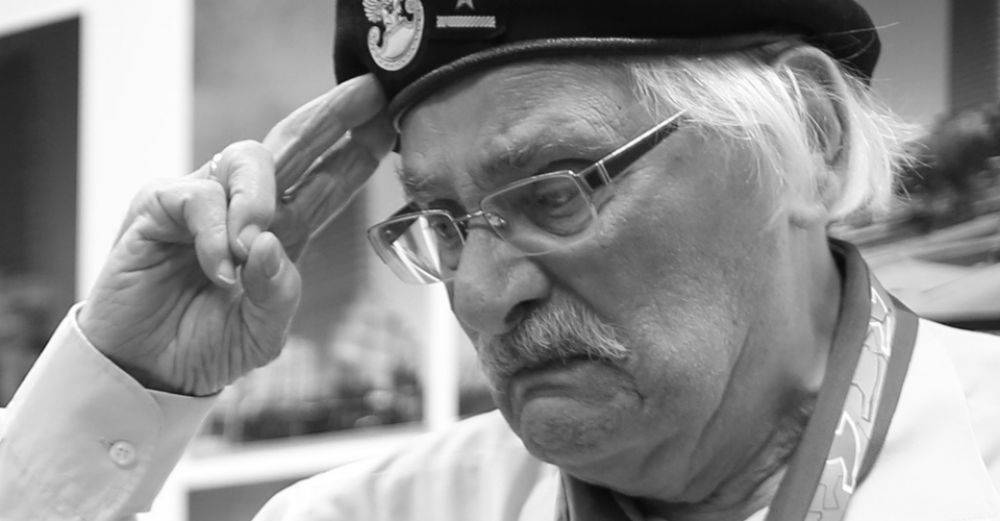- News
- Events
- Oneg Shabbat
- Collections
- Research
- Exhibitions
- Education
- Publishing Department
- Genealogy
- About the Institute
- Bookstore


At the early age of sixteen, in September 1939, Samuel Wilenberg as a volunteer, joined the army. He took part in battles against the Germans and one with the Red Army around Chełm. In 1942, after the arrest of his sisters, who were betrayed by their neighbours, devastated, he went to the ghetto in Opatów. In October 1942 he was transported to the extermination camp in Treblinka.
Pretending to be a bricklayer, he was the only one to avoid instant death and was sent to Sonderkommando. While working in a warehouse with possessions belonging to the murdered, he recognized the clothes of his two sisters.
To his duties belonged also cutting hair of Jewish women, being taken to the gas chambers. He remembered the surname and face of one of the women — a twenty-year-old Rut Dorfman. After decades, he recreated her face in his sculptures.
On August 2, 1943 he took part in a revolt. Its participants set the camp on fire and ran away. From the several hundred of the fugitives only 68 survived. Willenberg managed to get to Warsaw, where as a soldier in battalion ‘Ruczaj he took part in the uprising. After years, he was awarded the War Order of Virtuti Militari.
In 1950 with his mother and wife he left for Israel where he became an engineer of geodetics. Then, he worked as an official in the Ministry of Construction.
After the retirement he took up art. He finished sculpture courses at a folk high school in Jerusalem and very quickly his works, in which the images he remembered from Treblinka revived in extraordinary, expressive form, gained publicity. The Holocaust is the only subject of his sculptures. He makes them mainly in clay or bronze.
In 2003 Zachęta Gallery in Warsaw held a solo exhibition of his works. His sculptures were also shown in 2004 at the exhibition ‘Żydzi-Częstochowianie’ at Częstochowa Museum. He is the author of the victims of the ghetto in Częstochowa monument project, unveiled on 20th October, 2009.
Since 1983 he has been the co-organizer of Israeli youth visits to Poland. Samuel Willenberg took again Polish citizenship in 1994.
For the first time, he wrote down his shocking memoir just after the war, but he published them for the first time in Hebrew in 1986. The Polish edition of ‘Surviving Treblinka’ was issued in 2004 with the help of publishing ‘Więź’. The book has also been translated into English, Spanish and French.